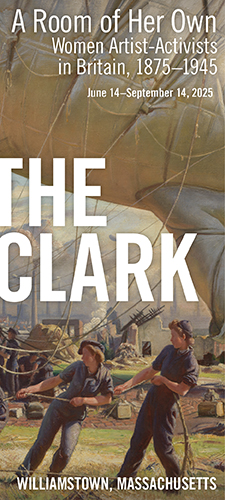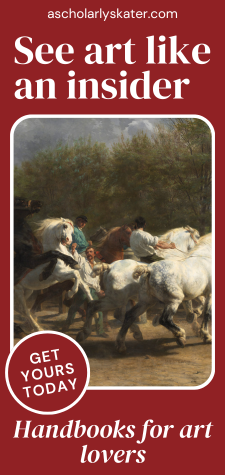Here we list all the new books about women artists—from the past, and also from the present—that have come to our attention, published in the second quarter of this calendar year. Each description is drawn from the blurb on the publisher’s website. Do you know of other titles that should be on this list? Please let us know by comment or by email (Erika@artherstory.net).
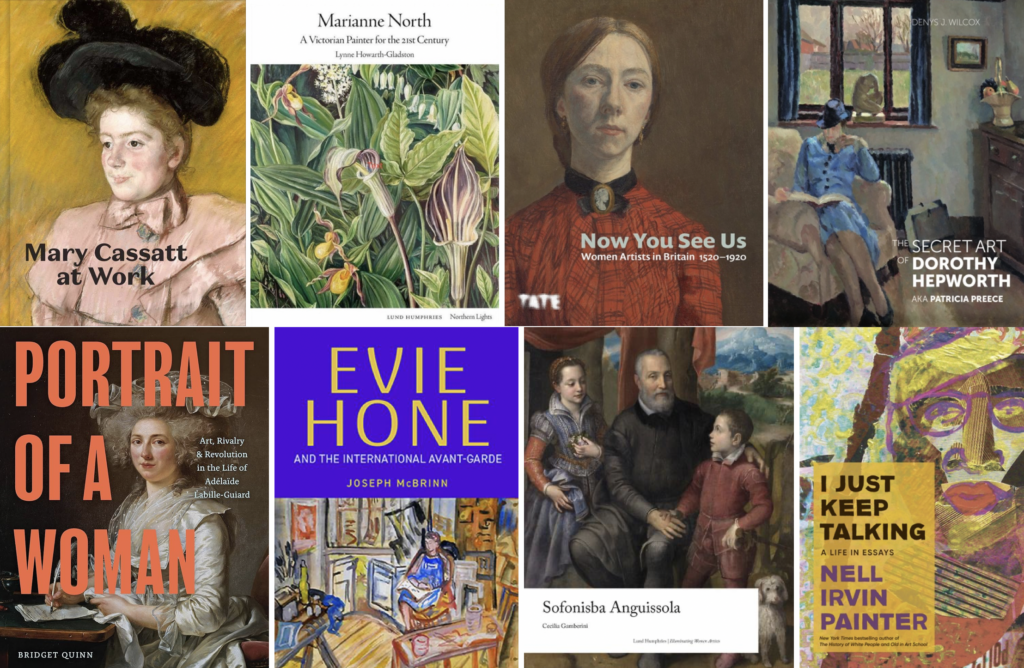
For young readers
Else B. in the Sea: The Woman Who Painted the Wonders of the Deep, by Jeanne Walker Harvey, illustrated by Melodie Stacey. Publisher: Abrams Books, 2024.
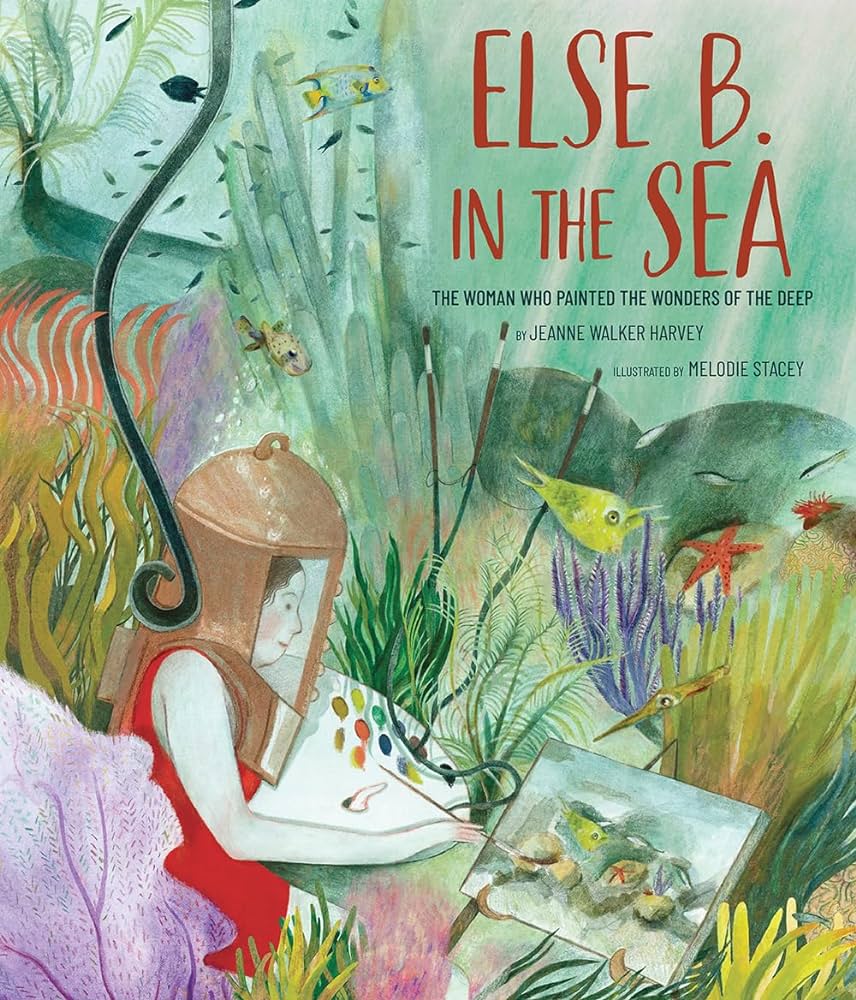
Else Bostelmann donned a red swimsuit and a copper diving helmet. With paints and brushes in hand, she descended into the choppy turquoise sea off the coast of Bermuda. She painted under the sea! Else painted what she saw with her own eyes: never-before-seen deep-sea creatures. And, back on land, she painted them. It was a daring and glamorous adventure. And it was a dream come true for Else B. to share this new, unfathomable world with humankind. Combining the themes of art and science, Else B. in the Sea tells the story of a daring and pioneering woman artist.
Read the reviews in Kirkus, Booklist and The Children’s Book Review. This book is among the Booklist Top 10 Arts Books for Youth: 2024.
Elizabeth Quocksister: Keeper of History, by Haley Healey, illustrated by: Kimiko Fraser, with George Quocksister Jr. Publisher: Heritage House Publishing, 2024.

Elizabeth Quocksister wasn’t just a photographer. She was also a cultural teacher, a community leader, a dancer, a nurse, a residential school survivor, and a mother of ten. Born on the Da’naxda’xw Nation on Knight Inlet on the central coast of British Columbia, Elizabeth spoke fluent Kwak’wala. She proudly celebrated her Kwakwaka’wakw culture at a time when the Canadian government actively discouraged Indigenous traditions. She chronicled the daily lives, important events, and changing times of her community through photography. In this way she preserved her people’s history and culture for future generations. This inspiring picture book is a beautiful tribute to a woman whose name deserves to be well-known throughout her community and beyond.
Adult non-fiction
Sofonisba Anguissola, by Cecilia Gamberini. Publisher: Lund Humphries, 2024; North American publisher, Getty Publications.
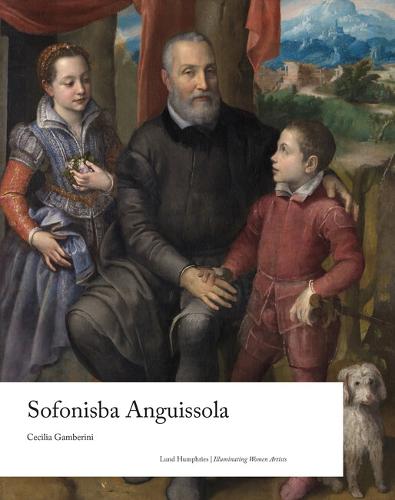
This book explores the evolution of the art of Italian Renaissance painter Sofonisba Anguissola. It follows her life from her training in Cremona, through her service at the Spanish court, to her later years as a married woman. It was at the Spanish court that Sofonisba Anguissola secured her reputation as a painter of international renown. Therefore, the volume places special emphasis on the social, political and cultural preconditions surrounding her role and status in Spain. In order to interrogate the circumstances of her service and her painting practice in Spain, the book focuses on her education, her noble status, her family ties, and her connections with noble courts in Spain and Italy. Drawing on the author’s recent discoveries and archival documentation, it reinterprets Anguissola and her artistic legacy.
Artemisia Gentileschi and the Business of Art, by Christopher R. Marshall. Publisher: Princeton University Press, 2024.

This book highlights the business considerations behind Artemisia Gentileschi’s development of a trademark style as she marketed herself across a range of Italian artistic centers. The author reevaluates her disguised self-portraits in her early Florentine paintings as an effort to make a celebrity brand of her own image. And, challenging the common perception that Gentileschi’s only masterpieces are her early Caravaggesque paintings, the book emphasizes the importance of her neglected late Neapolitan works. Marshall reinterprets works from her Naples period as innovative responses to the conventional practices of Baroque workshops. Artemisia Gentileschi’s enormous talent certainly underpinned her remarkable success as a painter. But as the book shows, her ability to respond creatively to the continuously evolving trends of the Italian Baroque art world was also a contributing factor.
For a short take on this topic, read Christopher R. Marshall’s Art Herstory guest post Exhibiting Artemisia Gentileschi.
Louise Moillon, by Lesley Stevenson. Publisher: Lund Humphries, 2024; North American publisher, Getty Publications.
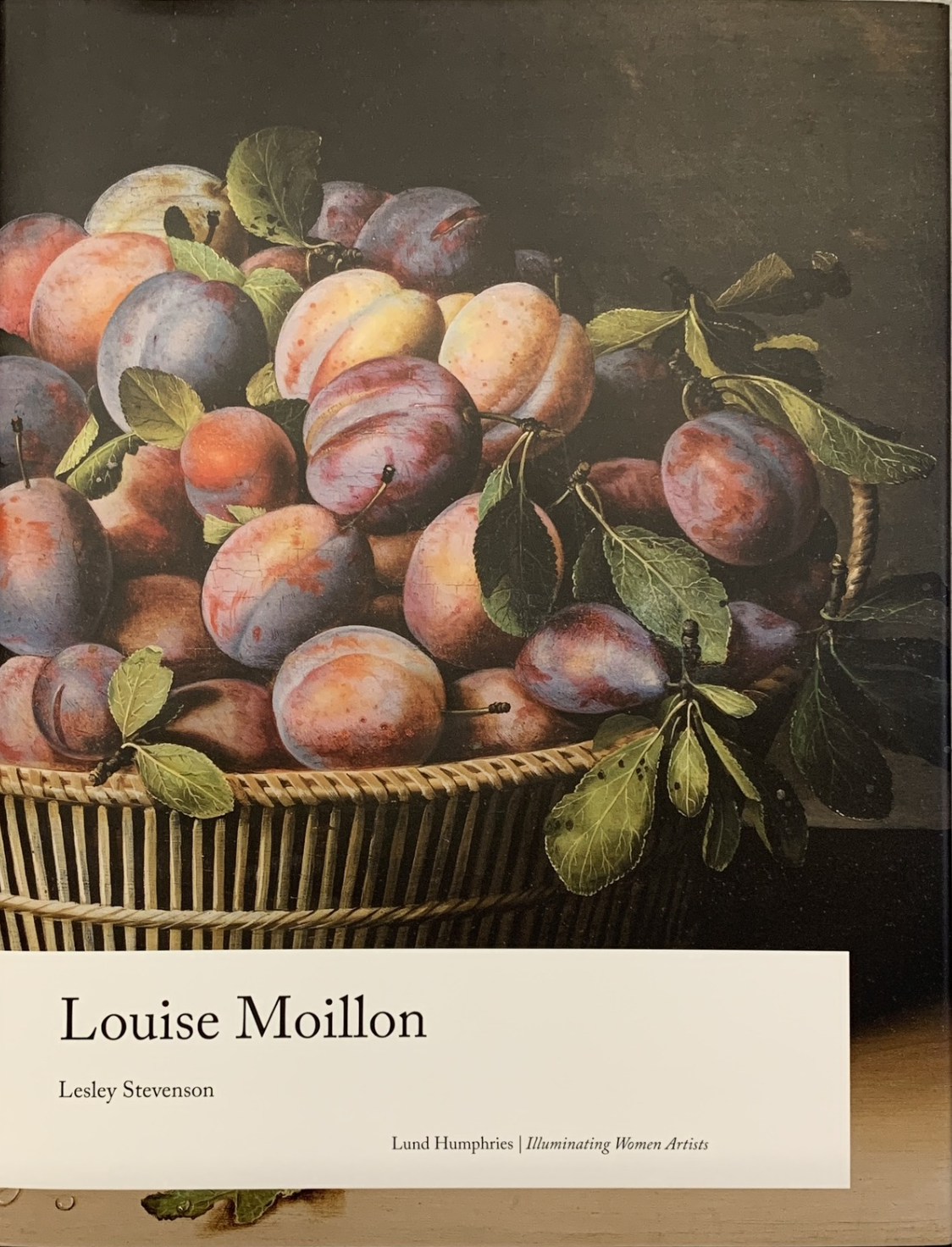
Providing close visual analyses of her works, Louise Moillon reassesses the importance of the 17th-century French painter of still-life (and occasional genre) paintings. It does so through a consideration of the context in which she was working and of the centrality of the genre of still life in the Saint-Germain-des-Prés area of Paris in the early part of the century. Louise Moillon offers a useful case study of a supremely talented artist whose relative posthumous invisibility may be explained by three key features: her gender; the genre of still life at which she excelled but which became increasingly overlooked after the foundation of the French Académie royale in 1648; and a change in her domestic role after her marriage, when she produced fewer works. This book questions some of the ways in which Moillon’s story has been represented since the beginnings of the revival of interest in her work in the early twentieth century. In particular, it draws on recent scholarship which grants early modern women from Moillon’s social class greater agency than was previously assumed and grants her a rightful place alongside her male contemporaries.
Portrait of a Woman: Art, Rivalry, and Revolution in the Life of Adélaïde Labille-Guiard, by Bridget Quinn. Publisher: Chronicle Books, 2024.
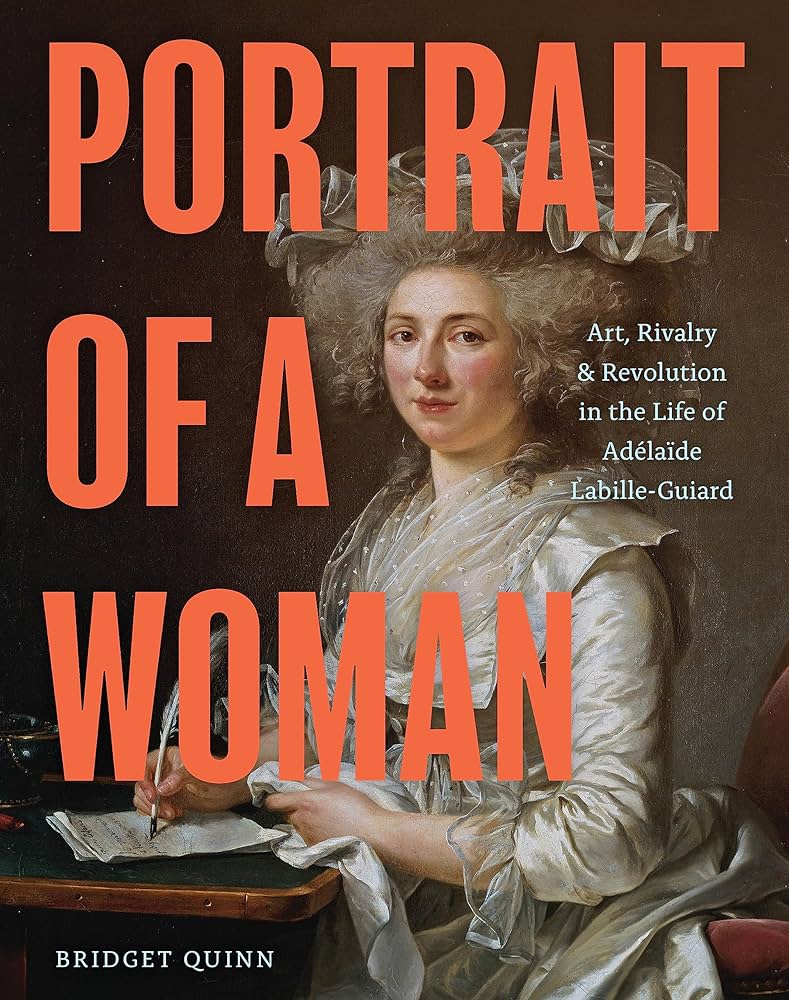
While Adélaïde Labille-Guiard defied societal barriers in 18th-century France to become a member of the exclusive Académie Royale and a mentor for other ambitious women painters, she left behind few writings, and her legacy was long overshadowed by celebrated portraitist and memoirist Élisabeth Vigée-Lebrun. But Labille-Guiard’s story lives on. In this engaging biography, Bridget Quinn applies her insightful interpretation of art history to Labille-Guiard’s life. She offers a fascinating new perspective on the artist’s feminism, her sexuality, and her vision of the world. Quinn expertly blends close analyses of paintings with broader context about the era and inserts delicately fictionalized interpersonal scenes that fill the gaps in the historical record. This is a compelling and inspiring look at an artist too long overlooked.
Marianne North: A Victorian Painter for the 21st Century, by Lynne Howarth-Gladston. Publisher: Lund Humphries, 2024.
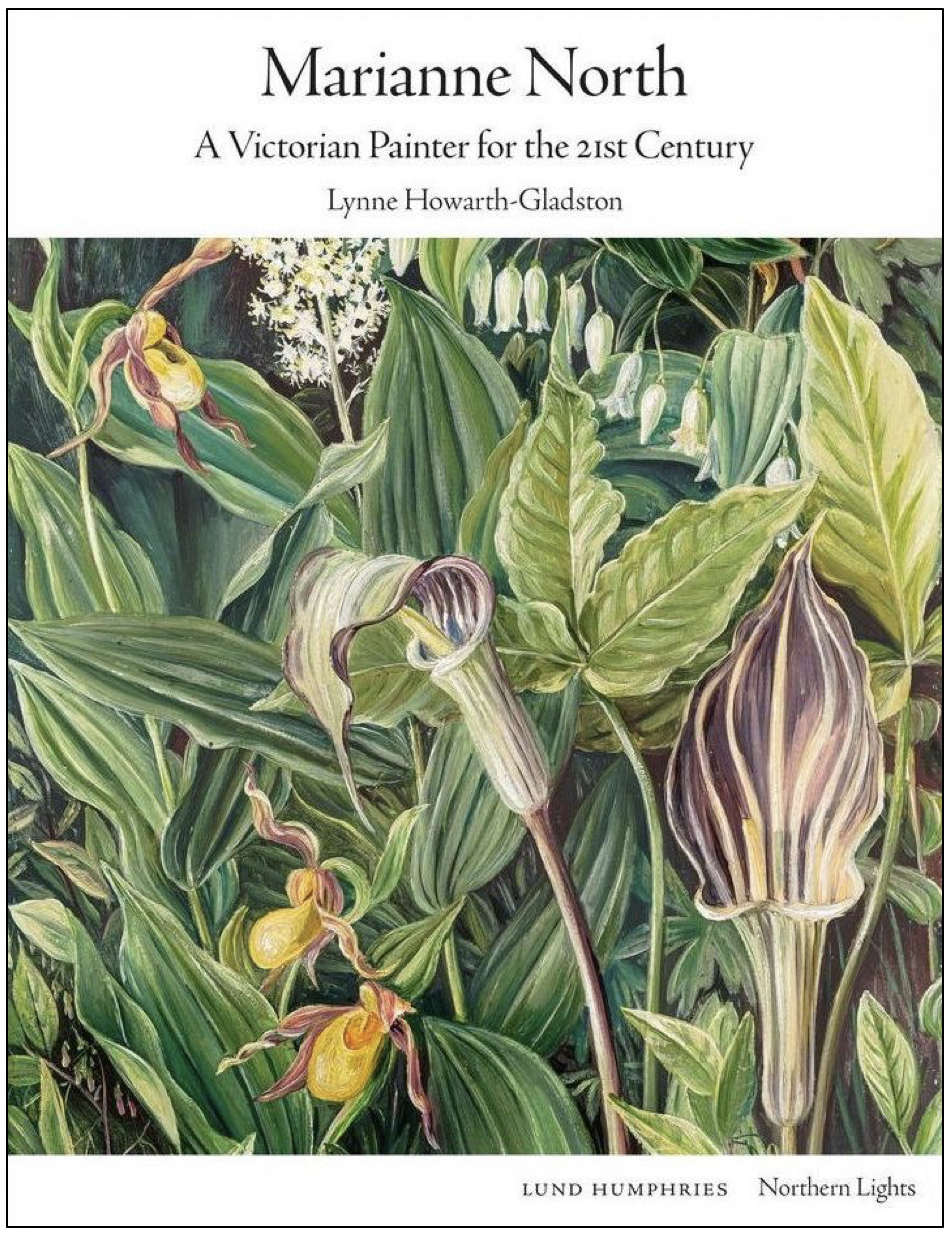
This lavishly-illustrated book re-assesses the work of the nineteenth-century botanical painter Marianne North and the purpose-built gallery that houses her paintings at the Royal Botanical Gardens, Kew. Lynne Howarth-Gladston, a trained botanical illustrator and scholar, re-examines North’s working methods, which extend beyond those of conventional botanical illustration, and discusses North’s painterly techniques, in addition to her use of photography as a possible aid to her extraordinarily prolific output. Marianne North: A Victorian Painter for the 21st Century situates North both as an unconventional botanical painter and as a technically progressive artist who melded differing stylistic approaches, techniques and media. The study reveals how her legacy continues to resonate with the concerns of the present day, such as contemporary intersections between art and science, artistic uses of multi-media, feminism, and climate change. Drawing on North’s travel writing as well as her visual record, the book offers a unique view of one of the most intriguing figures in the history of botanical art.
Making the Unknown Known: Women in Early Texas Art, 1860s–1960s, Edited by Victoria H. Cummins and Light Townsend Cummins. Publisher: Texas A&M University Press, 2024.

In Making the Unknown Known, leading scholars throughout Texas explore the significant role women artists played in developing early Texas art from the 19th century through the latter part of the 20th century. The biographies presented here allow readers to compare these women’s experiences across time as they negotiated the gendered expectations about artists in society at large and the Texas art community itself. Surveying the contributions women made to the visual arts in the Lone Star state, Making the Unknown Known analyzes women’s artistic work with respect to geographic and historical connections. Including surveys of the work of artists such as Louise Wüste, Emma Richardson Cherry, Eleanor Onderdonk, Grace Spaulding John, and others, it offers a groundbreaking assessment of the role women artists have played in interpreting the meaning, history, heritage, and unique character of Texas.
Winner of the 2025 Liz Carpenter Award for Best Book on the History of Women, presented by the Texas State Historical Association; and winner of the 2025 Ron Tyler Award for Best Illustrated Book on Texas History and Culture.
Evie Hone and the international avant-garde, by Joseph McBrinn. Publisher: Four Courts Press, 2024.
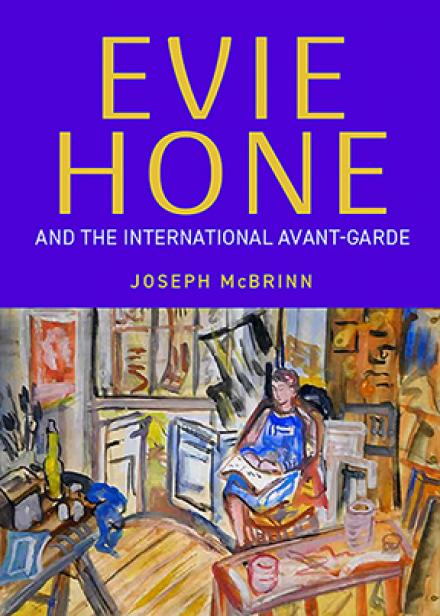
Irish artist Evie Hone (1894–1955) turned her back on a life of privilege and leisure and while her sisters were preoccupied with marriage, sport and gardening she trained as a painter in bohemian Paris. She blazed a trail as an advocate of radical forms of modern art—Cubism, abstraction, expressionism and primitivism—little known or understood in Ireland at the time. She then turned to the medieval craft of stained glass and converted to Catholicism at the height of her career. This book is the first to fully document Hone’s early life, her training, and her achievements as a painter and stained glass designer. It also takes in her friendships at home and abroad as well as her private world, her complex emotional and spiritual life, and the disability that so shaped her life and art. It repositions Hone as a major figure in the Irish art world and as part of the wider international avant-garde movement of the early–mid twentieth century.
Doris McCarthy: Life & Work, by John Hatch. Publisher: Art Canada Institute, 2024.
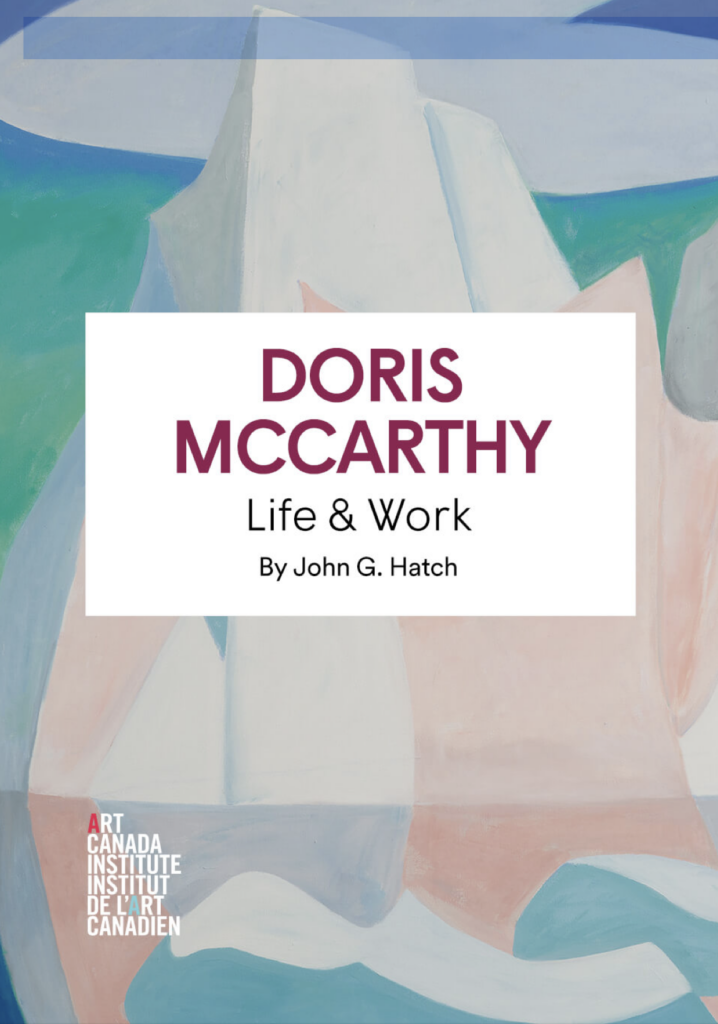
In this study, author John G. Hatch explores McCarthy’s extraordinary trajectory, from her childhood in Toronto, to her weekly art lessons with Group of Seven member Arthur Lismer, to her receipt of a full-time scholarship to the Ontario College of Art. The latter was a pivotal event that led to her decision to become an artist, and to her proclamation: “I never looked back.” Doris McCarthy: Life & Work traces the career of the only Canadian landscape artist to work in every part of the country, forging a new vision for the genre that was distinct from the Group of Seven tradition. It addresses the components of McCarthy’s masterful talent and prodigious output, which led to the creation of more than 5,000 works over the course of her 80-year career.
Ylla: The Birth of Modern Animal Photography, by Pryor Dodge, with a Foreword by Maneka Gandhi. Publisher: Hirmer, 2024.
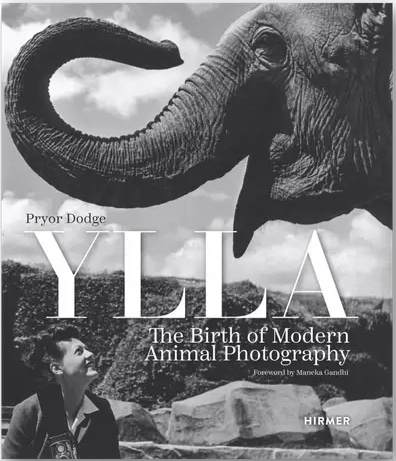
Ylla (1911–55) devoted herself exclusively to animal portraiture at a time when no one had thought of only photographing animals. Driven by her symbiotic relationship with animals, she created a new genre in animal photography: the expression and personality in animals. Ylla: The Birth of Modern Animal Photography recounts the eventful odyssey of a “New Woman” par excellence, fearless and knowing no limits. She was part of artists’ circles in Belgrade and Paris; however, during WWII she fled to New York via Marseille where she started her career again from square one. Originally taking beguiling photos in her studio and zoos, Ylla finally traveled to Africa and India where she died in a tragic accident during a water buffalo race. Her Animals in Africa and Animals in India are some of the first books on the subject. Ylla also introduced photography to children’s literature. This book details her remarkable life and work.
I Just Keep Talking: A Life in Essays, by Nell Irvin Painter. Publisher: Penguin Random House, 2024.
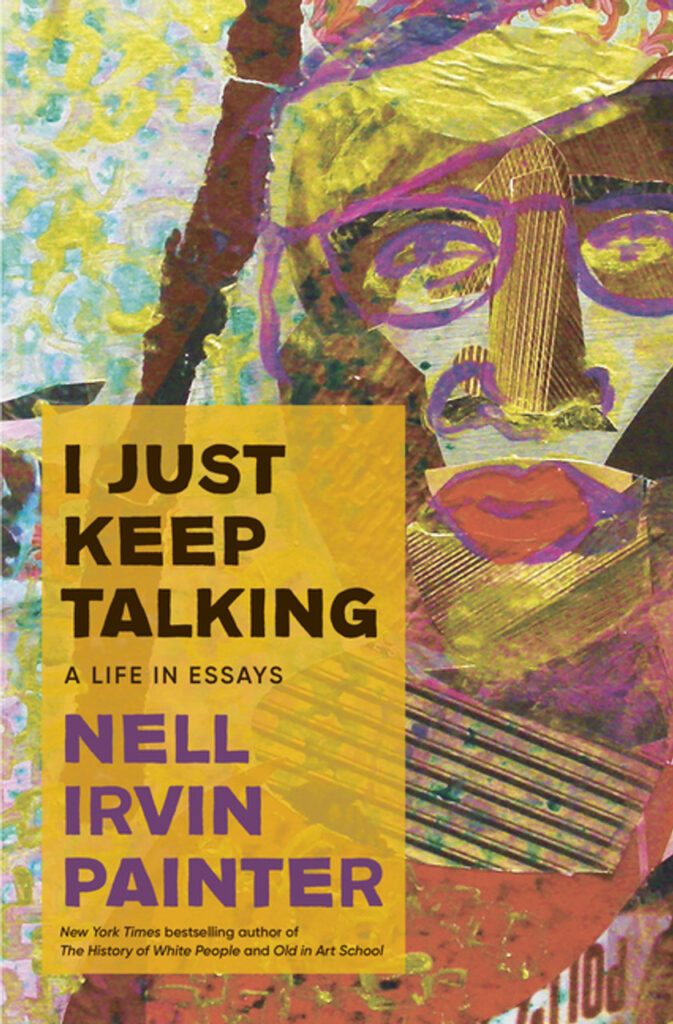
I Just Keep Talking assembles Nell Irvin Painter’s writing for the first time into a single volume, displaying the breadth and depth of her decades-long historical inquiry and the evolution of Black political thought. It includes a dazzling introduction and coda being published for the first time in this collection. Along with Painter’s writing, this collection offers her original artwork, threaded throughout the book as counterpoint and emphasis. Her visual art shows a deft mind turning toward the tragedy and humor of her subjects; pulling from newspapers, personal records, and original sketches, Painter’s artwork testifies to the dialectic of tremendous change and stasis that continues to shape American history.
Old Enough: Southern Women Artists And Writers On Creativity And Aging, Edited by Jay Lamar and Jennifer Horne, with Katie Lamar Jackson and Wendy Reed. Photographs by Carolyn Sherer. Publisher: University of Georgia Press, 2024.

In Old Enough, twenty-one women artists and writers write about the experience of aging. Gay, straight, unmarried, partnered, widowed, Black, white, Latinx, retired, and working, these women are not squeamish about the challenges of growing older, including ageism, health concerns, and loss. And they are frank about how received notions of female aging can be restrictive and diminishing. But in lyrical, sometimes wry, often inspiring essays they explore what growing older can offer: self-knowledge, insight, and acceptance. Striking portraits by award-winning photographer Carolyn Sherer, who is also a contributor to the volume, accompany each essay.
Emily Young: Stone Carvings and Paintings, by Jon Wood. Publisher: Lund Humphries, 2024.

Exploring Emily Young’s carved works from the 1980s to the present, Jon Wood’s thoughtful survey places her sculpture within its resonant contexts, both art historical and more broadly cultural. In doing so, it draws attention to the richness of her sculptural imagination and the issues that charge it, from ecology and environmentalism to poetry and philosophy. The inclusion of Young’s early paintings also draws out her long-standing preoccupation with narrative. Probing the relationship between the artist’s sculpture and the material life of things, Young’s original way of thinking, seeing and feeling is skilfully presented, so enriching our understanding of this important contemporary figure.
Exhibition catalogs
Now You See Us: Women Artists in Britain 1520–1920, by Tabitha Barber and Timothy Batchelor. Publisher: Tate Publishing, 2024.
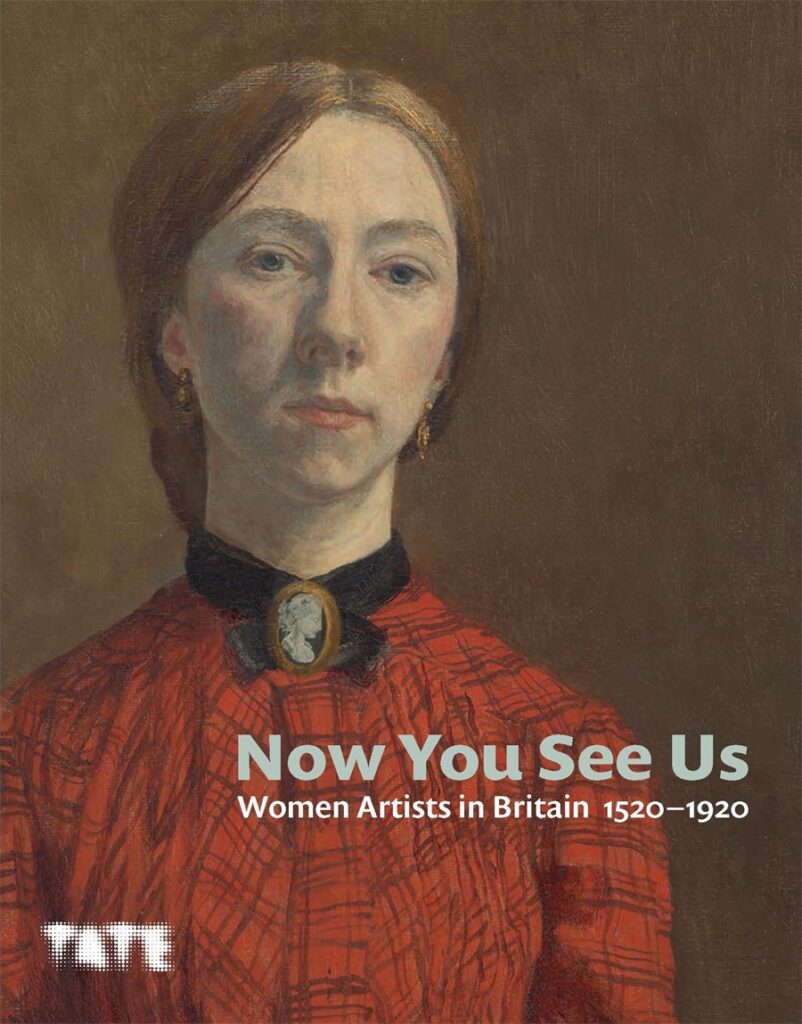
From Levina Teerlinc, a miniaturist at the court of Elizabeth I, to Laura Knight, the first woman to be elected a member of the Royal Academy after a gap of more than 150 years, women have been a constant presence in the art world, conducting commercially successful careers and exhibiting in public exhibitions. Against society’s expectations of wives, mothers and daughters, limited to the private domestic sphere, they dared to pursue public careers, and to paint history pieces, battle scenes and the nude, usually regarded as the preserve of men. An examination of figures such as Mary Beale, Angelica Kauffman, Elizabeth, Lady Butler and many more reveals careers very far from the stereotypical view of women as amateur watercolorists, pursuing art as a ladylike accomplishment. Instead, in this exhibition catalog, they are revealed as professionals who navigated the art world despite being excluded from academy training and art institution membership, and who were determined to succeed despite the obstacles they faced.
Mary Cassatt at Work, Edited by Jennifer A. Thompson and Laurel Garber. Publisher: Philadelphia Museum of Art, 2024.

In her sensitive depictions of the social, intellectual, and professional lives of modern women, Mary Cassatt (American, 1844–1926) often emphasized the work involved in the undervalued sphere of feminized activity. Highlighting Cassatt’s attention to women’s roles in the making of modern life, this study connects her recurring subjects and rigorous techniques to her own understanding of her status as a professional artist. Rather than inspiration, genius, or sentiment, it was intense effort that Cassatt most identified with, which resulted in an ever-evolving style that left the labors of art-making visible. Mary Cassatt at Work brings together more than 130 paintings, pastels, drawings, and prints to reveal what the artist referred to as her “hard work” and “effort upon effort.” Drawing on previously unpublished letters, Cassatt family correspondence, and groundbreaking insights from technical examination of her works, Cassatt’s carefully constructed professional identity is placed within the wider social context of Parisian modernity.
The Secret Art of Dorothy Hepworth AKA Patricia Preece, by Denys J. Wilcox. Publisher: The Court Gallery, 2024.
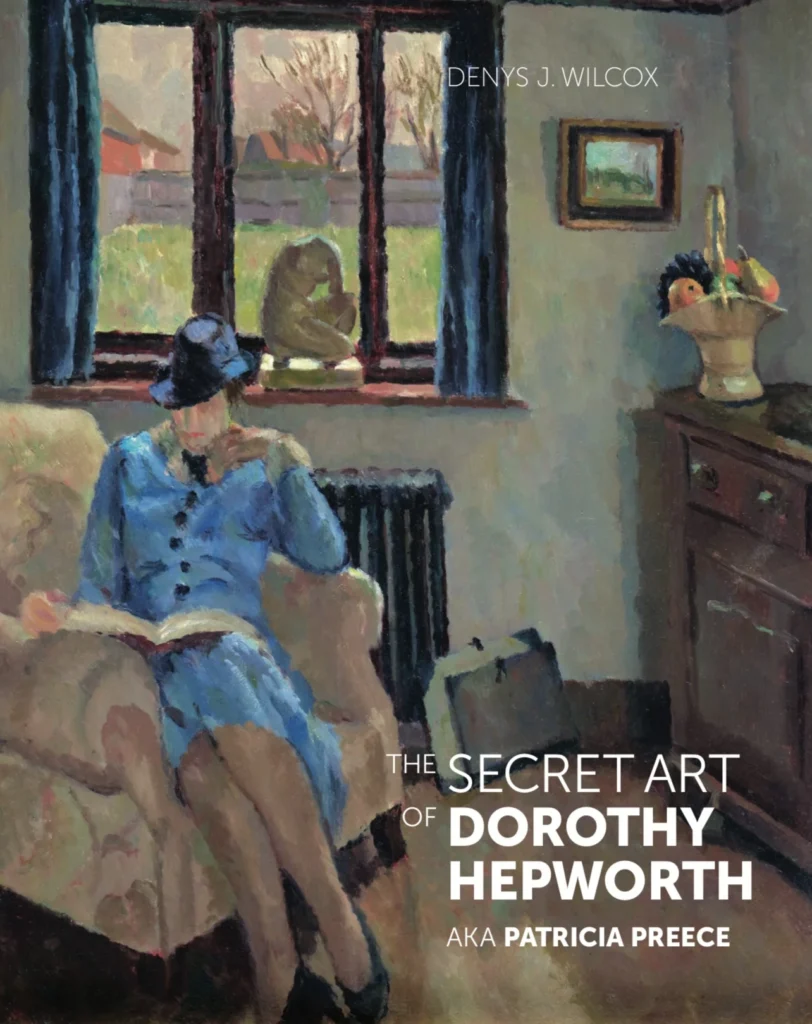
Dorothy Hepworth’s life and work has been overshadowed by her flamboyant life-long partner, Patricia Preece, who bizarrely married Stanley Spencer in 1937 but continued to live with Dorothy in a lesbian relationship. For many decades Dorothy has remained an enigmatic, shadowy, figure—her name only mentioned in passing as Patricia Preece’s “friend” and thus her work as a painter has never received the attention it deserves. During her lifetime Patricia Preece was highly regarded as an artist by luminaries such as Augustus John, Roger Fry, Duncan Grant, Vanessa Bell and Virginia Woolf among others. We now know that this reputation was gained by signing and exhibiting works painted by her partner Dorothy Hepworth. This fully illustrated monograph tells the extraordinary story in detail for the first time.
Georgia O’Keeffe: “My New Yorks“, by Sarah Kelly Oehler and Annelise K. Madsen with contributions by Adrienne Brown, Sascha T. Scott and Lisa Volpe. Publisher: Art Institute of Chicago, 2024.

In 1924 Georgia O’Keeffe (1887–1986) first moved to the Shelton Hotel in New York. The Shelton was Manhattan’s earliest residential skyscraper, and its dizzying heights inspired O’Keeffe to create a powerful series of approximately 25 paintings and numerous drawings over a span of about five years. She called these “my New Yorks,” and they overwhelmingly consist of two types of compositions: sprawling observations looking down onto the city and humbling views directed up at the newly built urban monoliths. Reshaping our understanding of this pivotal yet underappreciated period in O’Keeffe’s storied career, this publication situates the New York paintings within the artist’s larger oeuvre and examines how these works reflect narratives of built environments, racialized space, and the politics of place.
Francesca Woodman and Julia Margaret Cameron: Portraits to Dream In, by Magdalene Keaney, with essays by Katarina Jerinic and Helen Ennis. Publisher: National Portrait Gallery, 2024.
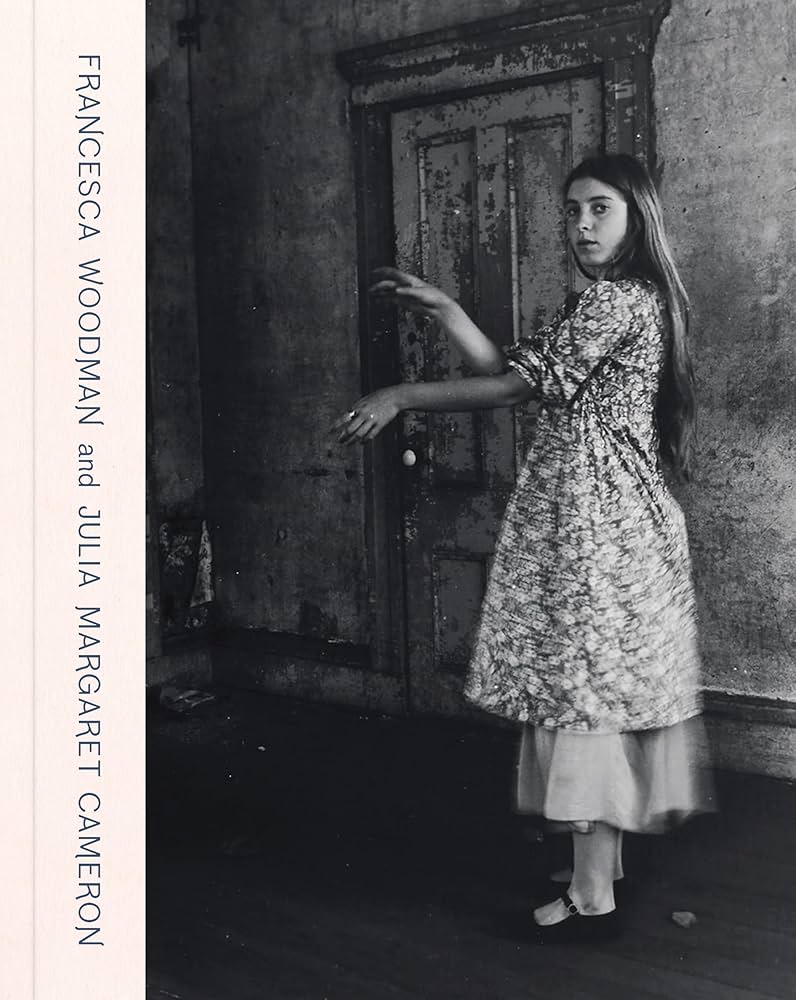
Living and working over a century apart, British photographer Julia Margaret Cameron and American photographer Francesca Woodman experienced vastly different ways of making and understanding images. Yet the two share more similarities than expected. Both artists had brief careers lasting less than 15 years; while neither enjoyed popularity and success during their lives, they have posthumously received widespread acclaim. Their portraits feature ethereal, experimental qualities that connect them soundly across time. The beautifully illustrated catalog draws parallels between two of the most significant practitioners in the history of photography, presenting fresh research, rare vintage prints and previously unseen archival works.
Paula Modersohn-Becker: Ich bin Ich / I Am Me, Edited by Jay A. Clarke and Jill Lloyd-Peppiatt. Publisher: Prestel Publishing, 2024.

Throughout her career, Paula Modersohn-Becker boldly experimented with styles while steadfastly pursuing the truth of everyday life and her own female experience. This monograph looks at the entire spectrum of her work—figure drawings, still-lifes, self-portraiture, landscape, nudes, and portraits of young girls and old women—to illustrate the evolution of an artist reacting to seismic cultural change at the turn of the 19th century. This book features numerous examples of Modersohn-Becker’s striking and relatively unknown drawings of men, women, and children facing poverty, as well as her highly original figure paintings and nudes—including her unprecedented nude self-portraits. It reveals the deeply personal and authentic work of an artist who resolutely forged her own path.
Otti Berger: Weaving for Modernist Architecture, Edited by Judith Raum, with texts by Esther Cleven, Magdalena Droste, Tanya Harrod, Juliet Kinchin, Corinna Rader, Judith Raum, and Katja Stelz. Publisher: Hatje Cantz, 2024.

Otti Berger created fabrics that fundamentally changed the understanding of what textiles could be and do. A core member of the experimental approach to textiles at the Bauhaus, she was also a female entrepreneur in the frenzied time that was the early 1930s in Berlin. Working closely with architects of the New Objectivity movement, she designed upholstery and wall tapestries, curtains and floor coverings that responded to novel types of use and production methods, and thereby redefined the relationship between aesthetics and function―with fascinating results. This book is the first comprehensive study of its complexity and beauty and makes her hitherto unpublished treatise on fabrics and the methodology of textile production accessible.
Uta Barth: Peripheral Vision, Edited by Arpad Kovacs, with contributions by Lucy Gallun and Jeremy Gilbert-Rolfe. Publisher: Getty Publications, 2024.

At first, the photographs of Los Angeles–based contemporary artist Uta Barth (b. 1958) appear to be deceptively simple depictions of everyday objects—light filtering through a window, tree branches bereft of leaves, a sparsely appointed domestic interior. But these images, visually spare yet conceptually rigorous, emerge from her investigation of sight, perception, light, and time. The authors of this richly illustrated monograph chart Barth’s career path and discuss her most significant series, revealing how she has rejected the primacy of a traditional photographic subject and instead called attention to what is on the periphery. The book includes previously unpublished bodies of work made early in her career that add much to our understanding of this important artist.
Käthe Kollwitz: A Retrospective, Edited with text by Starr Figura, texts by Kirsty Bell, Maggie Hire, Dorothy Price, and Sarah Rapoport. Publisher: The Museum of Modern Art, 2024.
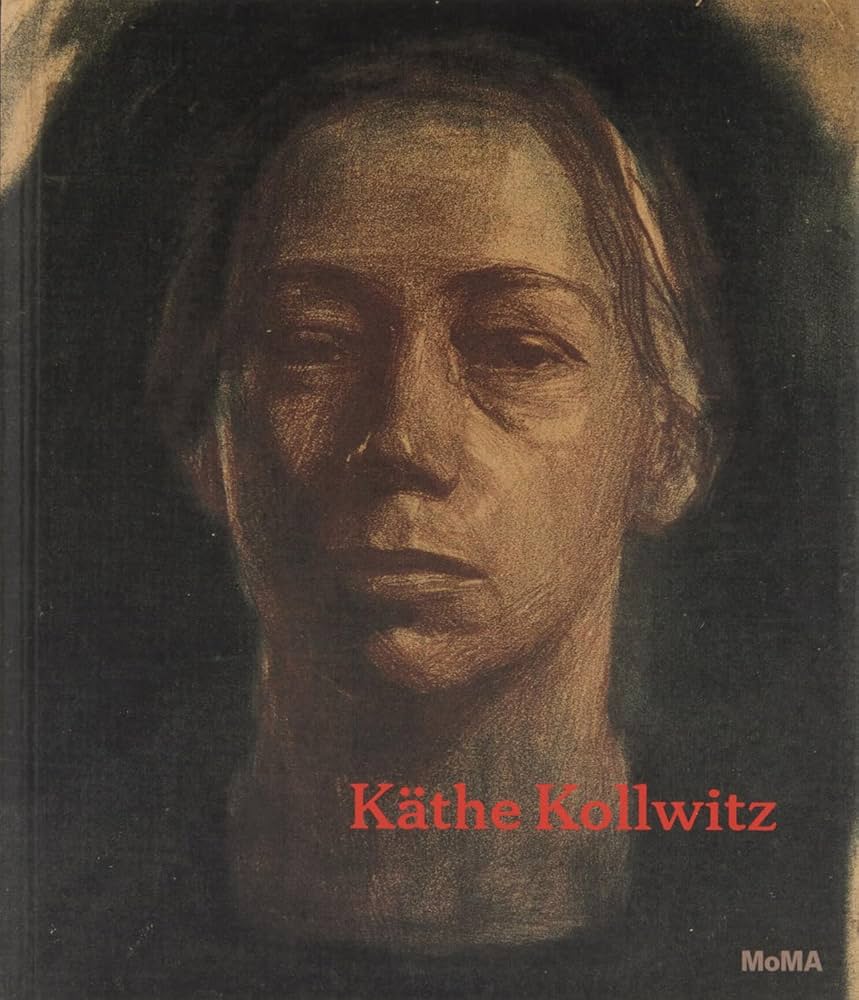
This beautifully illustrated volume surveys Kollwitz’s career as it unfolded in Berlin from the 1890s to the 1940s—a period of turmoil marked by the trauma of two world wars. Examples of the artist’s most iconic creations showcase her political engagement, while rarely seen studies and working proofs highlight her intensive, ever-searching creative process. A series of essays explores Kollwitz’s art, career, and legacy, including her life in Berlin, her radical approach to the subject of women’s grief, and her work’s enduring influence on socially conscious artists in the United States.
Sonia Delaunay: Living Art, Edited by Waleria Dorogova and Laura Microulis. Publisher: Yale University Press for the Bard Graduate Center, 2024.
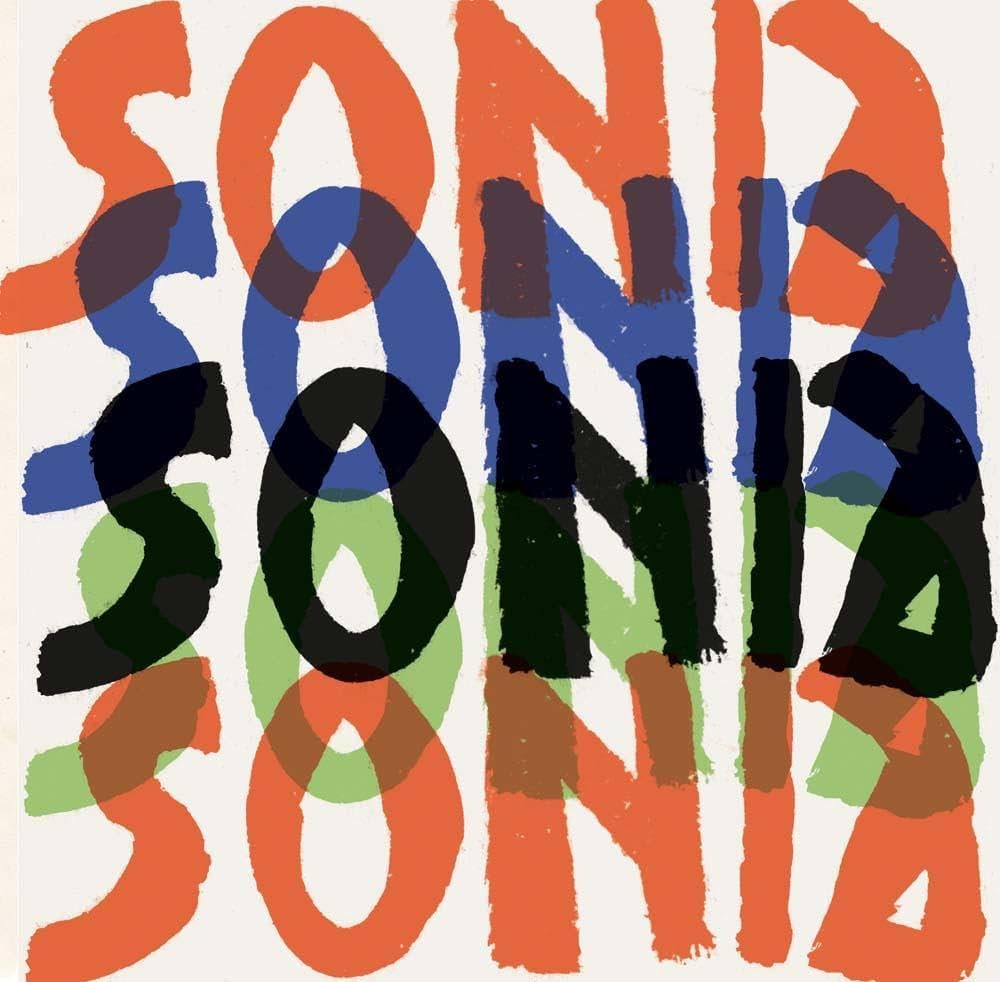
This catalog sets a new standard for the study of pioneering avant-garde artist, designer, and entrepreneur Sonia Delaunay (1885–1979). Eschewing traditional chronological structures to better showcase groundbreaking research unifying the artist’s timeless oeuvre across mediums, this publication demonstrates Delaunay’s innate versatility and willingness to create without material limitation using her unique language of light and color. Across 26 chapters, leading international scholars analyze the artist’s work in textiles, fashion, interiors, book art, and more to give new insight into Delaunay’s strategies of self-promotion, entrepreneurial endeavors, legacy-building efforts, and vast network of collaborators.
Ceija Stojka: What Should I be Afraid Of? Edited by Stephanie Buhmann, Lorely E. French, Susanne Keppler-Schlesinger, Carina Kurta. Publisher: Hirmer, 2024.
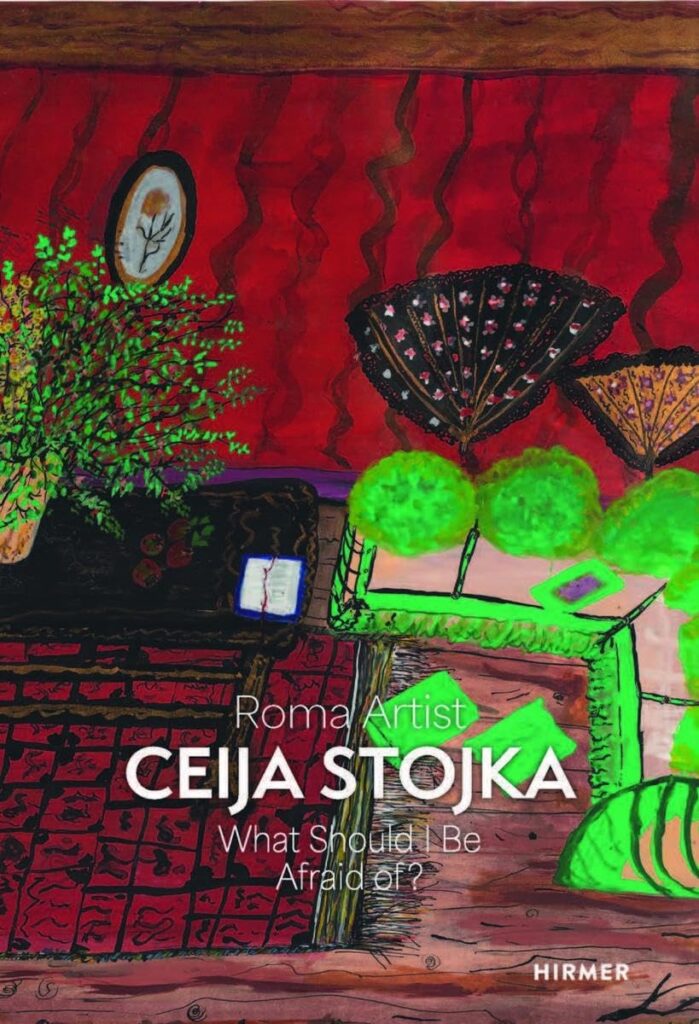
This is the first English monograph on the artist Ceija Stojka (1933–2013). Beginning in the 1980s, Stojka created over a thousand drawings and paintings, whose subjects range from landscapes and recollections of her happy, prewar existence as part of a large horse-trading family to the mounting oppression of the Roma under the Nazi regime. Having survived the three concentration camps Ravensbrück, Bergen-Belsen and Auschwitz as a child, Stojka left behind an oeuvre depicting her personal experience of arrests, exterminations, survival, and liberation, which was shared by millions. The book includes unpublished texts and notebook excerpts by Ceija Stojka.
Yayoi Kusama: Present Infinite, Edited by Stefano Raimondi. Publisher: SKIRA, 2024.

Japanese artist Yayoi Kusama is known worldwide for her polka dots and colorful, immersive light installations featuring unusual and organic forms, such as pumpkins. Present Infinite is a tribute to her beloved and singular practice, with a particular focus on Fireflies on the Water (2002), one of her most famous Infinity Mirror Rooms from the collection of the Whitney Museum of American Art in New York. Fireflies on the Water is a room-sized installation where, as the title suggests, the lights seem almost natural, like fireflies on a quiet summer’s night. The pool of water creates an incredible sense of stillness and the mirrors reflect never-ending images of themselves, creating a sidereal ambience. Space appears infinite, without top or bottom, beginning or end.
Joan Jonas: Good Night Good Morning, Edited by Ana Janevski with Lilia Rocio Taboada. Publisher: The Museum of Modern Art, 2024.
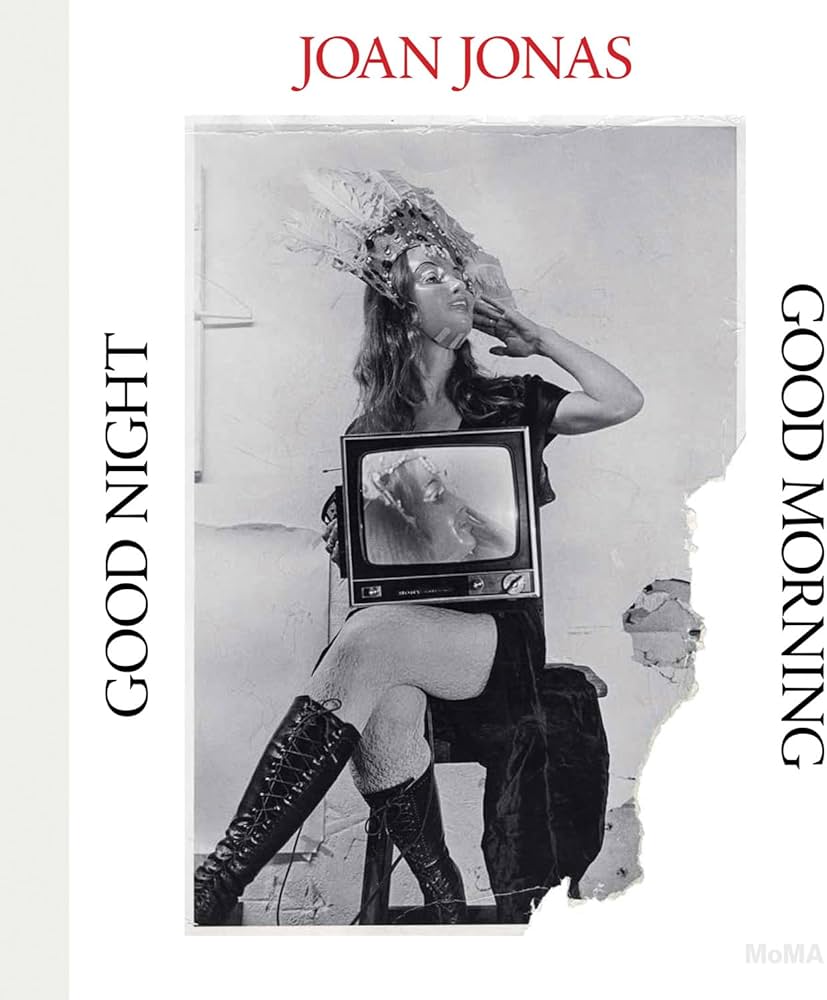
Published in conjunction with a major retrospective at The Museum of Modern Art, New York, this volume showcases Jonas’s ever-expanding archive of images, sounds, gestures, ideas, and places. The entwining of her artwork, teaching, and personal life is revealed through an extensive selection of archival and contemporary images, accompanied by excerpts from oral-history interviews with her friends, collaborators, and former students. In Joan Jonas: Good Night Good Morning, the images and texts, along with newly commissioned photographs of Jonas’s living and working spaces in New York and Nova Scotia by Zoe Leonard, present the work of a singularly complex contemporary artist, one whose legacy continues to fascinate and inspire.
Joyce J. Scott: Walk a Mile in My Dreams, Edited by Catharina Manchanda and Cecilia Wichmann. Publisher: Yale University Press, 2024.

With humor and pathos, Joyce J. Scott (b. 1948) makes difficult subjects intimately felt, confronting histories of trauma through wearable art and exquisite sculpture. This essential new volume serves as a critical resource and details the richness and complexity of her work. It begins with an overview of the artist’s 50-year career—an interconnected, community-generating practice that embraces performance art, beaded necklaces and sculptures, wall hangings, and prints. Interviews with the artist focus on Scott’s matrilineage and womanist ethos and on the genre-defying choreography of her career across disciplines. Six thematic essays discuss the ancient and global reach of beads, including Yorùbá traditions; consider the utility of satire and performance in connection with the work of emerging Black artists; and explore the significance of geography, history, and place.
Mickalene Thomas: All about Love, Text by Beverly Guy-Sheftall with Kristian Conteras, Darnell L. Moore, Claudia Rankine, Ed Schad, Christine Y. Kim, and Renée Mussai. Interview by Rachel Thomas. Publisher: D.A.P. Books, 2024.

Mickalene Thomas’ critically acclaimed and extensive body of work spans painting, collage, print, photography, video and immersive installations. With influences ranging from 19th-century painting to popular culture, Thomas’ art articulates a complex and empowering vision of womanhood while expanding on and upending common definitions of beauty, sexuality, celebrity and politics. This major publication further affirms Thomas’ status as a key figure of contemporary art. It features notable works that are arranged in thematic chapters throughout the book. Essays cover her distinct visual vocabulary, drawing on themes of intergenerational female empowerment, autobiography, memory and tenets of Black feminist theory.
LaToya Ruby Frazier: Monuments of Solidarity, Edited by Roxana Marcoci. Publisher: The Museum of Modern Art, 2024.
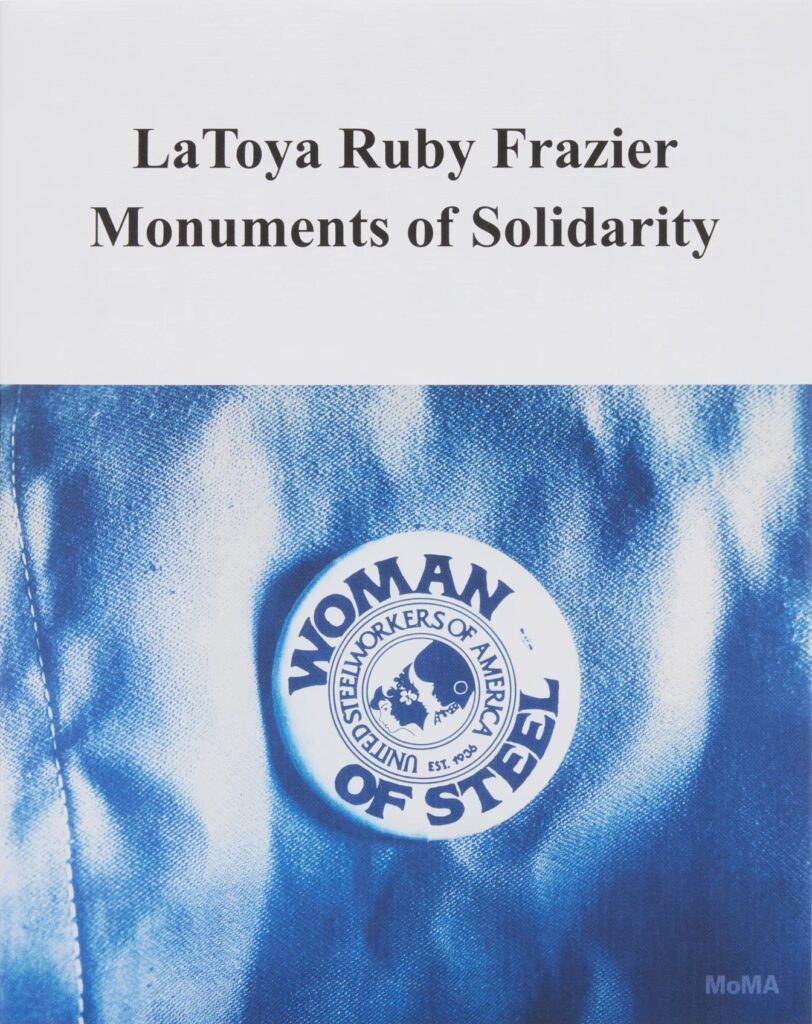
For more than two decades, the artist-activist LaToya Ruby Frazier has used photography, text, moving images, and performance to revive and preserve forgotten narratives of labor, gender, and race in the postindustrial era. Monuments of Solidarity celebrates the creativity and collaboration that persist in the face of industrialization and deindustrialization, racial and environmental injustice, gender disparities, unequal access to health care and clean water, and the erosion or denial of fundamental human rights. A form of Black feminist world-building, Frazier’s nontraditional “monuments” demand recognition of the crucial role that women and people of color have played, and continue to play, in histories of labor and the working class.
Christina Quarles: Collapsed Time, Edited with text by Sam Bardaouil, Till Fellrath; text by Jillian Hernandez. Publisher: D.A.P. Books, 2024.

For more than a decade, LA-based painter Christina Quarles (b. 1985) has created figural abstractions that are at once confined within the limits of the canvas yet defy the boundaries that contain them. This has been the artist’s way of reflecting on what she refers to as “the experience of living in a gendered, racialized body.” Collapsed Time introduces Quarles’ work and situates it within a broader art historical context. Several of Quarles’ paintings and drawings, including a site-specific, large-scale painting, are placed within an architectural installation conceived for the exhibition. The works are staged in dialogue with a selection from the National Gallery’s collection by artists such as Vito Acconci, Nam June Paik and Charlotte Posenenske.
New editions
Eileen Agar: A Look at My Life, by Eileen Agar, with introduction by Andrew Lambirth and a foreword by Olivia Fraser. Publisher: Thames and Hudson, 2024.

The legacy of Eileen Agar (1899–1991) as a pioneering figure in the surrealist movement is firmly established; her work continues to captivate audiences with its otherworldly beauty and imaginative power. Agar’s life was no less extraordinary than her art. In A Look at My Life, she traces her life from her birth in Argentina to the late 1980s. Her unwavering resilience, infectious energy, and drive permeate her compelling memoir. This updated version of her autobiography is populated with Agar’s personal selection of photographs of family, friends, and lovers alongside over fifty color illustrations of collages, paintings, and assemblages spanning her life’s work.
Sophie Calle: True Stories, by Sophie Calle. Publisher: D.A.P. Books, 2024.

First published in 1994 and regularly reissued and expanded since, this new edition of True Stories returns with three new stories. Calle’s projects have frequently drawn on episodes from her own life, but this book—part visual memoir, part meditation on the resonances of photographs and belongings—is as close as she has come to producing an autobiography, albeit one highly poetical and fragmentary, as is characteristic of her work. The tales—never longer than a page—are by turns lighthearted, humorous, serious, dramatic or cruel. Each is accompanied by an image; each offers a fragment of life. Calle herself is the author, narrator and protagonist of her stories and photography.
On Homo rodans and Other Writings, Edited and translated by Margaret Carson. Publisher: Wakefield Press, 2024.
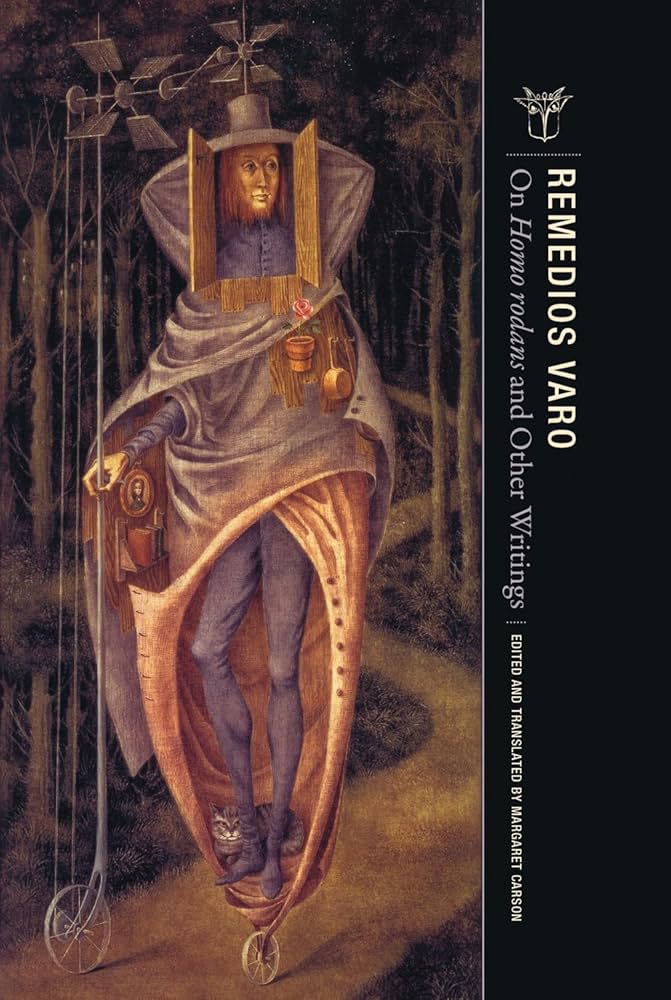
With the 2018 publication of Letters, Dreams, and Other Writings, Wakefield Press introduced the writings of Surrealist painter Remedios Varo into English for the first time. This new, expanded volume brings together the painter’s collected writings, an unpublished interview, letters to friends and acquaintances (as well as to people unknown), dream accounts, notes for unrealized projects, a project for a theater piece, whimsical recipes for controlled dreaming, and exercises in Surrealist automatic writing, as well as prose-poem commentaries on her paintings.
Georgia O’Keeffe’s Wartime Texas Letters, by Amy Von Lintel, Foreword by Bonney MacDonald. Publisher: Texas A&M University Press, 2024.

Georgia O’Keeffe’s Wartime Texas Letters, an important new examination of one of our most beloved artists during a time when she was in the process of discovering her future identity, is now available in paperback.
Similar Art Herstory posts:
New Books About Women Artists | Jan–Mar 2025
New Books About Women Artists | Oct–Dec 2024
New Books About Women Artists | July–Sept 2024
New Books about Women Artists | Jan–Mar 2024
Ten Intriguing Books About Remarkable Women Artists, a guest post by Carol M. Cram
New Books about Women Artists | Oct–Dec 2023

